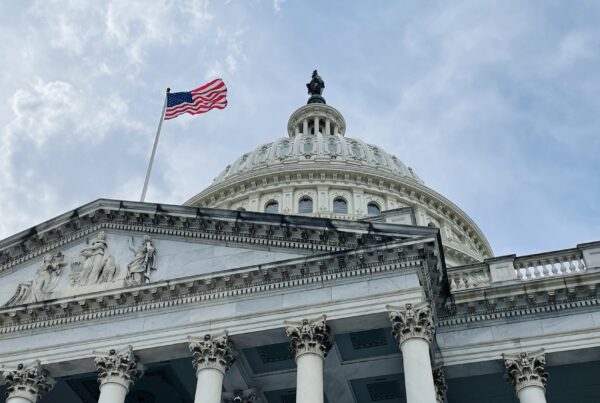When the IRS issued the final Qualified Opportunity Zone (QOZ) Tax Regulations, they finally provided taxpayers clarity on a number of issues along with answering a number of open questions. Generally, the final regulations were taxpayer-friendly in many aspects which may help in getting more deals done. We’ll focus on seven items of note addressed in the regulations.
Section 1231 Gains
The proposed QOZ regulations allowed for net Section 1231 gains (gains from sales of qualifying business property) taxed as a capital gain to be reinvested. Since net 1231 gains cannot be determined until the last day of the tax year, that is when the reinvestment period would begin. This resulted in some deals being delayed or falling through due to the requirement to wait until year-end to make the QOZ reinvestment.
The IRS reversed their original position on Section 1231 gains with the issuance of the final regulations. The regulations now apply to gross Section 1231 gains rather than net gains. As a result, the reinvestment period for Section 1231 gains begins on the date of the sale or exchange that generated the Section 1231 gain. This new treatment of Section 1231 gains also creates certain planning opportunities. Click here for additional information regarding Section 1231 gains as they relate to QOZ investments.
Installment Sales
The final QOZ regulations provided clarity when it comes to the opportunity zone. Gains recognized prior to December 31, 2026 qualify for reinvestment even if the original transaction occurred prior to the enactment of the TCJA. Additionally, the IRS provided flexibility for the reinvestment period when it comes to gains from installment sales. Taxpayers will have the option to start the reinvestment period for gains from installment sales on either the date the payment is received or on the last day of the tax year. This will simplify the reinvestment requirements for a taxpayer receiving multiple payments in the same year for a single installment note.
Reinvestment Period for Partnership/S Corporation Owners
The proposed regulations provided owners of partnerships and S corporations two options for beginning the 180-day reinvestment period for gains the passthrough entity did not make a deferral election. The general rule is that the period begins on the last day of the partnership’s tax year. The owners also were provided with an option to elect to use the partnership or S corporations 180-day reinvestment period rather than waiting until year-end.
The final regulations have now added a third option. Taxpayers may elect to begin the 108-day period on the due date (not including extensions) of the passthrough entity’s tax return. For calendar-year partnerships and S corporations, this date would be March 15th. This additional rule is designed to provide investors who are not involved in the day to day operations of the entity more time to reinvest gains that they may not have been aware of until receiving a K-1 from the entity.
IRS Confirms that Constructed Property Qualifies
The final regulations have confirmed that tangible property that is manufactured, constructed, or produced, rather than purchased by the entity can qualify as QOZ business property (QOZBP). Additionally, materials and supplies used in the construction of the QOZBP must qualify as QOZBP. In order to qualify, there must be an intent to use this property in a QOZ and construction must begin after December 31, 2017. Generally, the entity would utilize the working capital safe harbor to allow for the unspent QOZ reinvested funds to be spent over a 31-month period to qualify. Additionally, entities may receive up to a 62-month period when there are multiple applications of the working capital safe harbor for the same project.
Brownfields Qualify
The final regulations provide that Brownfield Sites (including land and structures) will qualify as original use property for purposes of QOZ investments. Brownfield sites are real property where the expansion, redevelopment, or reuse of which may be complicated by the presence or potential presence of a hazardous substance, pollutant, or contaminant. The final regulations require that the entity must make an investment in the site to meet basic safety standards for human health and the environment to be eligible. This investment must be made within a reasonable period of time after acquisition. This rule will make it much easier for these types of sites to qualify for QOZ reinvestments.
Vacancies and Certain Property Purchased from a Local Government
Under the proposed regulations, vacant buildings that were vacant for at least five years before acquisition would qualify as original use property. As such, they would not be subject to the substantial improvement requirements real property which is generally required to qualify as a QOZ investment.
The final regulations modify the proposed rules to make them more conducive to QOZ reinvestments. There are now two vacancy measurement periods that can qualify as original use property. First, there is a one-year rule for properties that were vacant prior to and on the date of publication of the QOZ designation notice which listed the designation of the QOZ in which the property is located. Second, the general five-year rule has been replaced with a 3-year vacancy rule for other properties. A building or land will qualify as vacant if more than 80 percent of the building or land, as measured by the square footage of useable space, is not currently being used.
Additionally, the final regulations provide that an eligible entity that purchases certain real property (including the land and structures) from a local government may also qualify as original use property. In order to qualify, the property must have been acquired by the government as the result of an involuntary transfer. Qualifying transfers include abandonment, bankruptcy, foreclosure, or receivership.
With these two rules, the IRS clearly wanted to provide incentives to return out-of-service property back to productive use by providing QOZ benefits to qualifying entities investing in these types of properties.
Closing of Loopholes
As part of the final regulations, the IRS addressed a couple types of deal structures being proposed that appeared to qualify under the proposed regulations although they may have been outside of the spirit of the original legislation. One of these structures involved the sale of a property to an unrelated Qualified Opportunity Fund (QOF) or a Qualified Opportunity Zone Business (QOZB) followed by a reinvestment of the gain into the QOF or QOZB that would own the property. The IRS has taken the position that the gain recognized as part of this type of transaction does not qualify for QOZ benefits when reinvested back into the same property as it will be considered a sale to a related party. Additionally, since the purchase would be deemed to have not been made from an unrelated property, the property will not qualify as QOZBP.
A second deal structure that the IRS addressed is where an otherwise eligible investor, issues a promissory note to a QOF in exchange for an interest in the QOF. The taxpayer would then later invest cash into the QOF in settlement of the promissory note. The IRS determined that the contribution of a promise to pay would not be considered an eligible investment to take advantage of QOZ benefits.
Additionally, the IRS closed the door on the hopes of some taxpayers that requested the IRS to reconsider allowing for substantial improvements to buildings already owned by the taxpayer prior to the enactment of the TCJA or new construction projects on land historically owned by the taxpayer to qualify for QOZ benefits. Many taxpayers felt that they were being unfairly penalized for wanting to invest into these distressed areas but not being entitled to the same benefits that someone could receive by buying their land and constructing the same project that they would have completed. The law was clear that property needed to be acquired after December 31, 2017 and therefore was no flexibility for an alternate interpretation.
While this article highlights a few of the key changes that were included in the final regulations, there are many more that have not been discussed. Please contact our offices if you would like to explore QOZ incentives further or have any questions.





